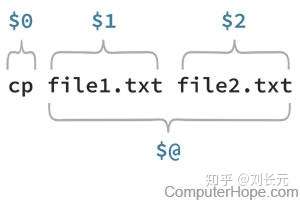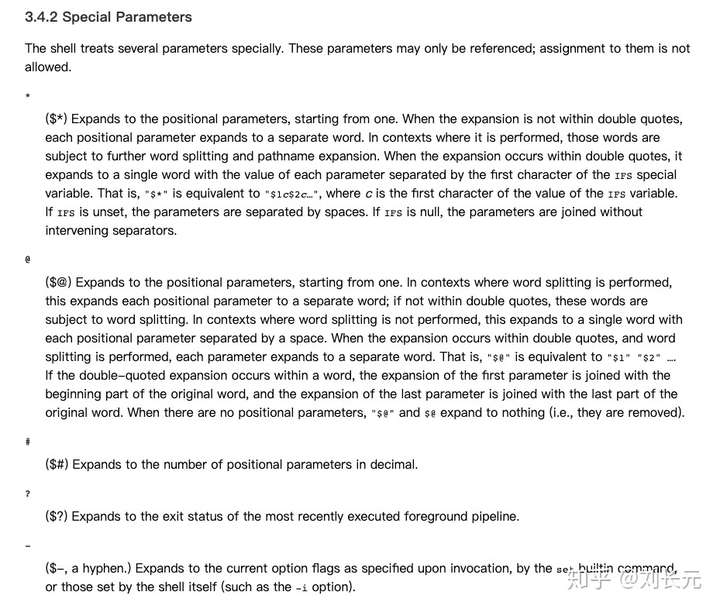全局配置文件: /etc/logrotate.conf ,单独系统配置文件放置在/etc/logrotate.d/目录下
参数说明
参数 功能说明
compress 通过gzip 压缩转储以后的日志
nocompress 不需要压缩时,用这个参数
copytruncate 用于还在打开中的日志文件,把当前日志备份并截断;是先拷贝再清空
,拷贝和清空之间有一个时间差,可能会丢失部分日志数据。
nocopytruncate 备份日志文件但是不截断
create mode owner group 转储文件,使用指定的文件模式创建新的日志文件。轮转时指定创
建新文件的属性,如create 0600 root root
nocreate 不建立新的日志文件
delaycompress 和 compress 一起使用时,转储的日志文件到下一次转储时才压缩
nodelaycompress 覆盖 delaycompress 选项,转储同时压缩
ifempty 即使是空文件也转储,这个是 logrotate 的缺省选项。
notifempty 如果日志文件为空时,不转储
errors address 转储时的错误信息发送到指定的Email 地址
mail address 转储的日志文件发送到指定的E-mail 地址
nomail 转储时不发送日志文件
olddir directory 转储后的日志文件放入指定的目录,必须和当前日志文件在同一文件系统
noolddir 转储后的日志文件和当前日志文件放在同一个目录下
prerotate/endscript 在logrotate转储之前需要执行的指令,例如修改文件的属性等动作;
这两个关键字必须单独成行;
postrotate/endscript 在logrotate转储之后需要执行的指令,例如重新启动 (kill -HUP)
某个服务!必须独立成行;
daily 指定转储周期为每天
weekly 指定转储周期为每周
monthly 指定转储周期为每月
rotate count 指定日志文件删除之前转储的个数,0 指没有备份,5 指保留5个备份
tabootext [+] list 让logrotate不转储指定扩展名的文件,缺省的扩展名是:.rpm-orig,
.rpmsave, v, 和 ~
size size当日志文件到达指定的大小时才转储,Size 可以指定 bytes (缺省)
以及KB (sizek)或者MB (sizem).
missingok 如果日志丢失,不报错继续滚动下一个日志
sharedscripts 运行postrotate脚本,作用是在所有日志都轮转后统一执行一次脚本。
如果没有配置这个,那么每个日志轮转后都会执行一次脚本
dateext 使用当期日期作为命名格式
dateformat .%s 配合dateext使用,紧跟在下一行出现,定义文件切割后的文件名,必须配
合dateext使用,只支持 %Y %m %d %s 这四个参数 自己测试了%H也可以。
不过如果需要支持分的话logrotate需要升级到3.9版本 ,
测试配置结果:
#debug测试 -d, --debug Don't do anything, just test (implies -v)
logrotate -d configfile示例
1、列出多个文件,统一配置策略
#Please note:
#nocreate and copytruncate in configuration file are mutually exclusive and can't be configured at the same time,otherwise nocreate have no effect
#create and copytruncate in configuration file are mutually exclusive and can't be configured at the same time,otherwisecreate have no effect
/var/log/startup.log
/var/log/boot.log
/var/log/backup_conf.log
/var/log/cloud-init-output.log
/var/log/cloud-init.log
/var/log/daemon.log
/var/log/cron.log
/var/log/kern.log
/var/log/syslog
/var/log/unused.log
/var/log/sysmonitor.log
/var/log/tuned/*.log
/var/log/wtmp
/var/log/btmp
{
missingok
compress
notifempty
copytruncate
rotate 10
size +4000k
}2、多个同目录下多个log 文件
/var/log/openvswitch/*.log {
missingok
notifempty
size 2048k
rotate 10
copytruncate
}3
# Logrotate file for psacct RPM
/var/account/pacct {
compress
delaycompress
notifempty
daily
rotate 31
create 0600 root root
postrotate
if /usr/bin/systemctl --quiet is-active psacct.service ; then
/usr/sbin/accton /var/account/pacct | /usr/bin/grep -v "Turning on process accounting, file set to '/var/account/pacct'." | /usr/bin/cat
fi
endscript
}4、mariadb
/var/log/mariadb/mariadb.log {
create 600 mysql mysql
notifempty
daily
rotate 3
missingok
compress
postrotate
# just if mysqld is really running
if [ -e /run/mariadb/mariadb.pid ]
then
kill -1 $(</run/mariadb/mariadb.pid)
fi
endscript
}

